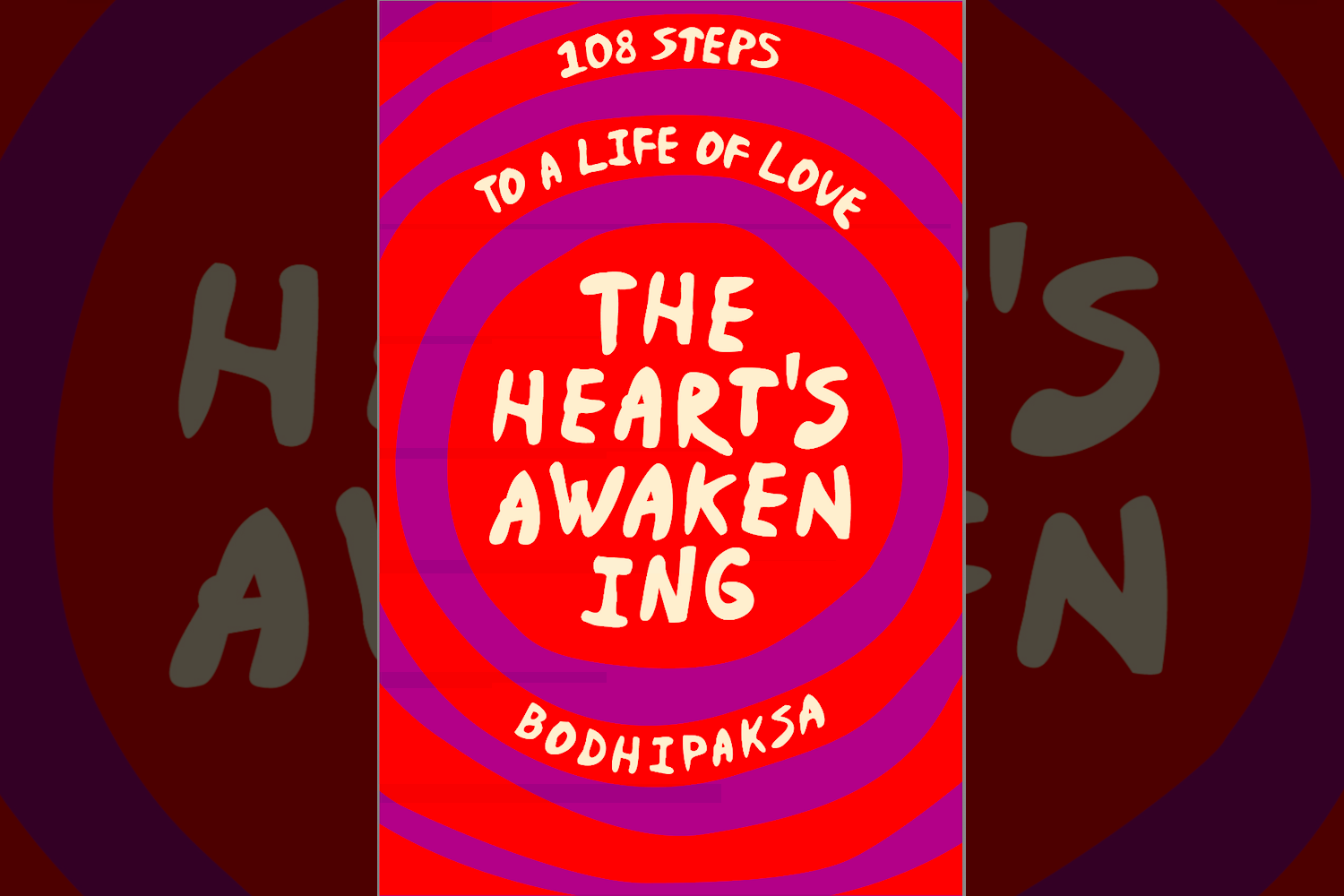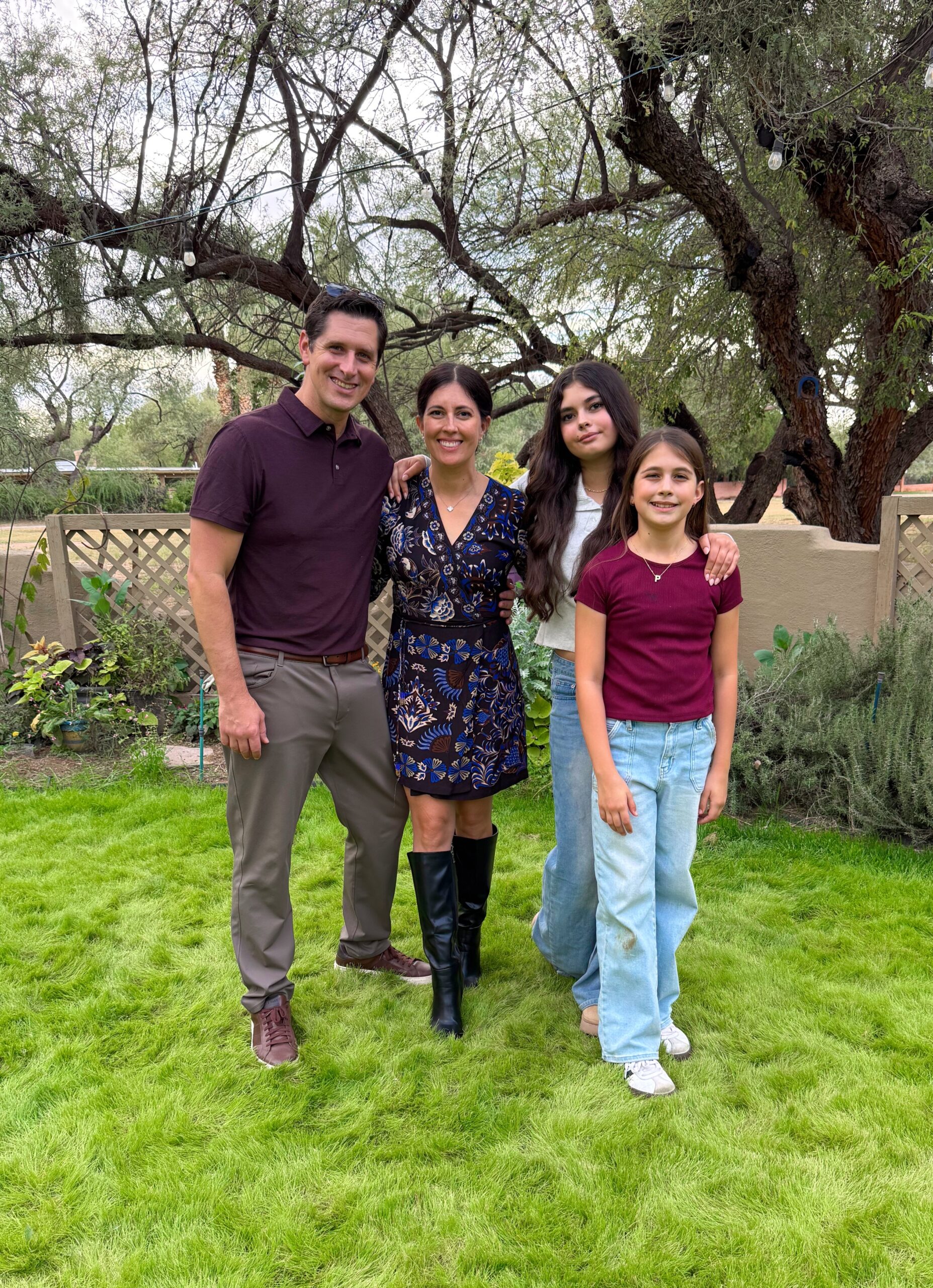It’s always an interesting day when one of your books is published. It’s exciting. But you’re sending your inmost thoughts out into the world for other people to read and perhaps judge, and so sometimes it’s nerve-racking as well.
I felt rather tired for most of today, and I think it’s probably because of the emotions going on under the surface.
So far the reviews and comments have been very positive. Reading some of them made me well up. To know you’ve touched another person’s life and offered them something they’ve found helpful can open the heart.
Opening the heart is the theme of this book. It’s about the four Buddhist practices — although they’re really just human practices — called the brahma-viharas. This term is usually translated as “divine abidings” which sounds so elevated it’s almost out of sight. It could also be accurately rendered (and has been historically) as “the four best ways of living your life.”
I think that’s more down to earth and practical. Practicing the four best ways of living your life is a different kind of challenge. It’s the challenge not of transporting yourself to some exalted elsewhere, but of choosing over and over to be here in the best way you can.
And the best way we can be here is to be kind and compassionate to ourselves and others, and to see and appreciate our own and others’ goodness. These are the first three of the four best ways we can live our lives.
The fourth way is to refuse to leave any place in our hearts for hatred, contempt, or dismissal. Because our attempts to be kind, compassionate, and appreciative are always bound, at least sometimes, to fail. And so the fourth practice is to look closely at what the mind is doing that gives it permission to be unkind. It’s to see in what way we are refusing to see others’ nature as feeling beings who suffer just as we do, and who long for peace and happiness, just as we do.
The word “upekkha” — the fourth of the brahma-viharas — comes from a root that means “to look closely.” It’s usually rendered as “equanimity,” though: emotional balance. And that’s a part of it. But not all.
We try to be loving. But then other beings get under our skin and we react to them with ill will. To overcome this, we look more closely. For example, we see that all beings are impermanent. We see that they are all caught up in webs of conditioning, and are not fully responsible for their actions. We see that they all have the potential for awakening. This looking helps us to find our emotional balance again. But we don’t leave things there. From a place of equanimity we are free once again to return to being kind, compassionate, and appreciative.
Anyway, I aimed to make the book very practical. It’s in 108 short chapters, so that you can pick it up, read, reflect, and practice. And then repeat.
If any of this sounds at all interesting, the book is easy to get hold of. Here are a few links:
I hope you find it helpful!
Publisher: Source link






